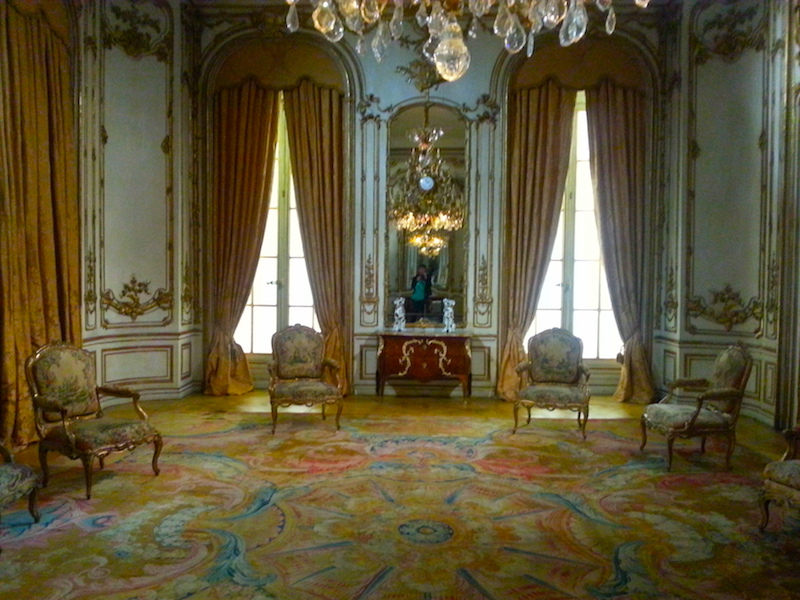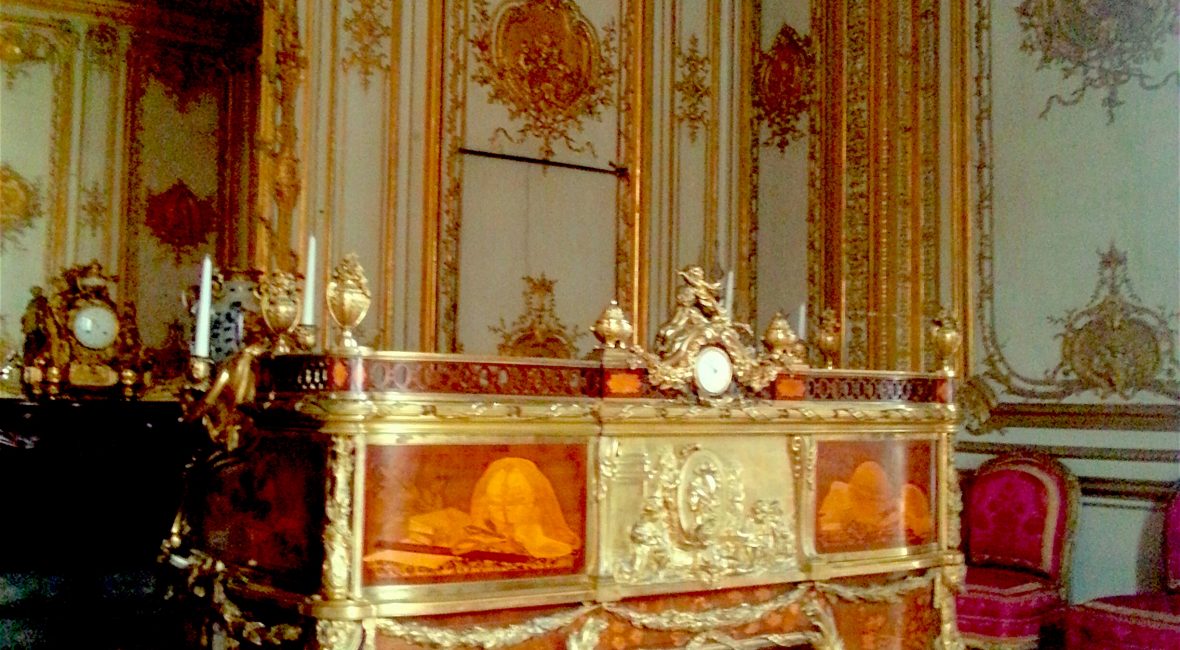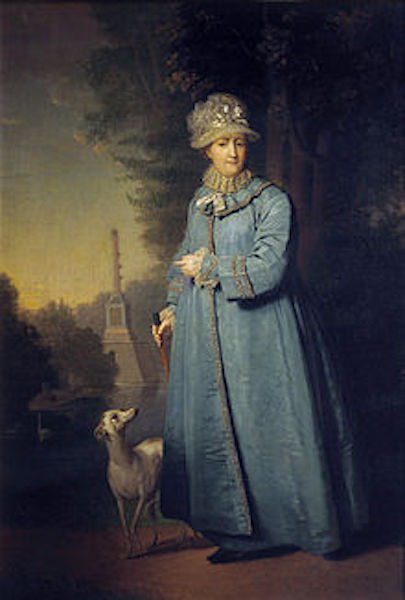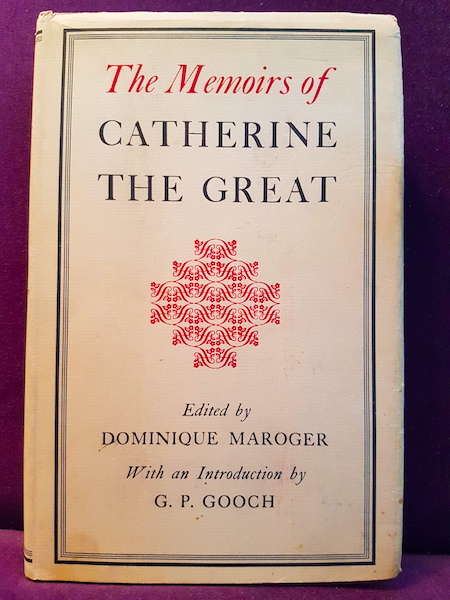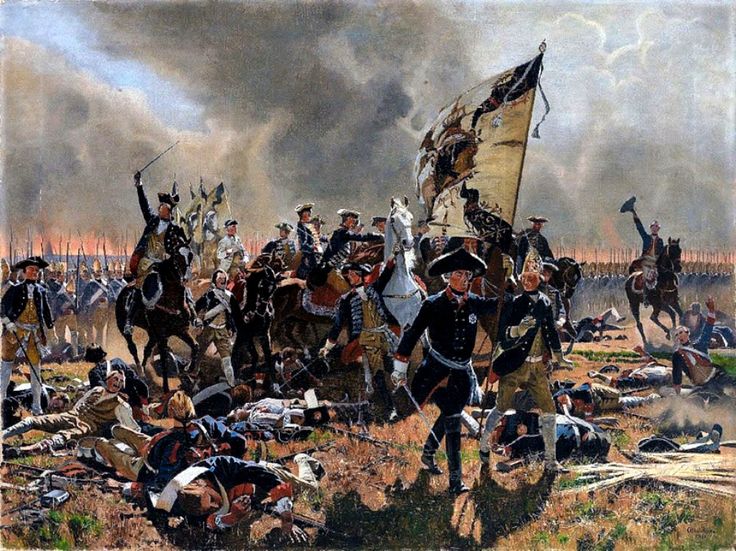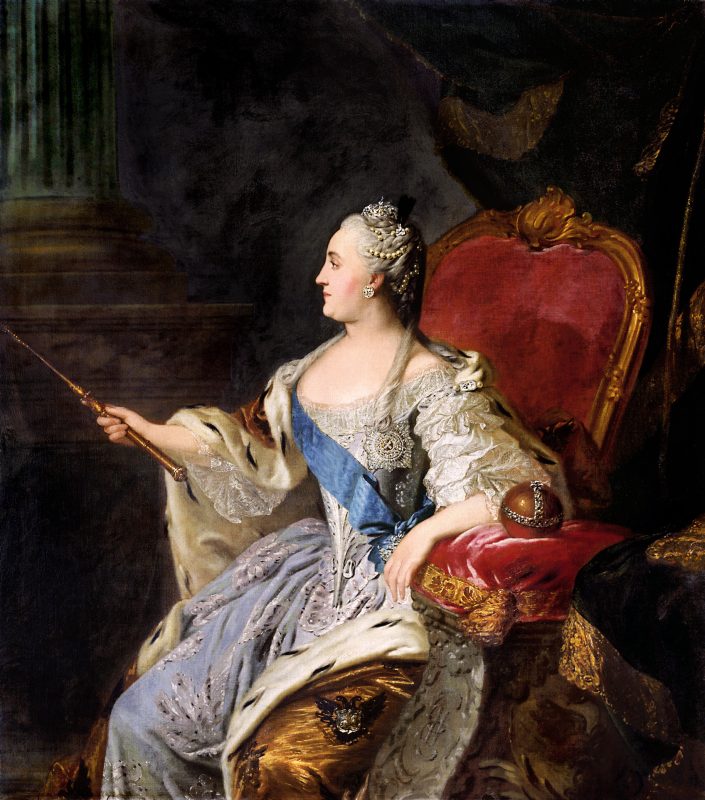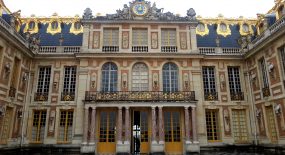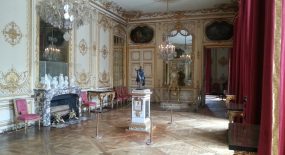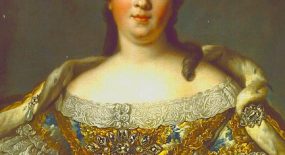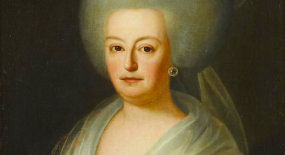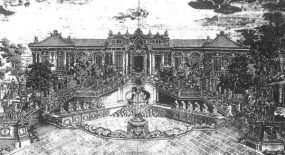Part 5.4 is the final part of Chapter 5.
A Childhood at Versailles consists of the first 5 chapters of the memoirs of Mme de Boigne (1781-1866), née Adèle d’Osmond, who was a French salon hostess and writer. She was born in the Château de Versailles and lived at the court of Louis XVI and Marie-Antoinette until her family fled to England during the Revolution. Later in her long life, she married a rich soldier of fortune 30 years her senior, hosted a brilliant salon in Paris, and became an intimate of the last French queen, Marie-Amélie, consort of King Louis Philippe (r. 1830-1848). Childless herself, Mme de Boigne addressed her memoirs to her grandnephew. The memoirs were not published until 1907, under the title Récits d’une tante, or An Aunt’s Tales. They’ve never been published in English, as far as I know, so I’ve decided to translate the first 5 chapters, the ones that take place mainly at Versailles, and post them here on this blog for interested readers to enjoy for free.
The chapters are quite lengthy, so I’ve broken each one into several parts. In Part 5.4, the author relates her family’s crossing of the Alps in mid-winter on their way to England, where they would remain for many years.
A Childhood at Versailles, Chapter 5, Part 4 (Part 5.4)
I have already spoken several times of my father’s valet, Bermont. When our departure for England was decided, my father wanted to find a place for him in Naples with General Acton. It would have suited him marvellously, but he absolutely refused to hear of it. Several years earlier he had married a woman who had been successively my nursemaid and then my brother’s when I was handed over to an Englishwoman. He had had children with her who were still in France. He told my father that he did not want to be separated from us.
“But, my poor Bermont, I cannot keep a valet.”
“That is true, Monsieur le marquis, but you need a muleteer. You are going to buy some mules for the journey, and someone will be needed to look after them and drive them. Well, that someone will be me.”







